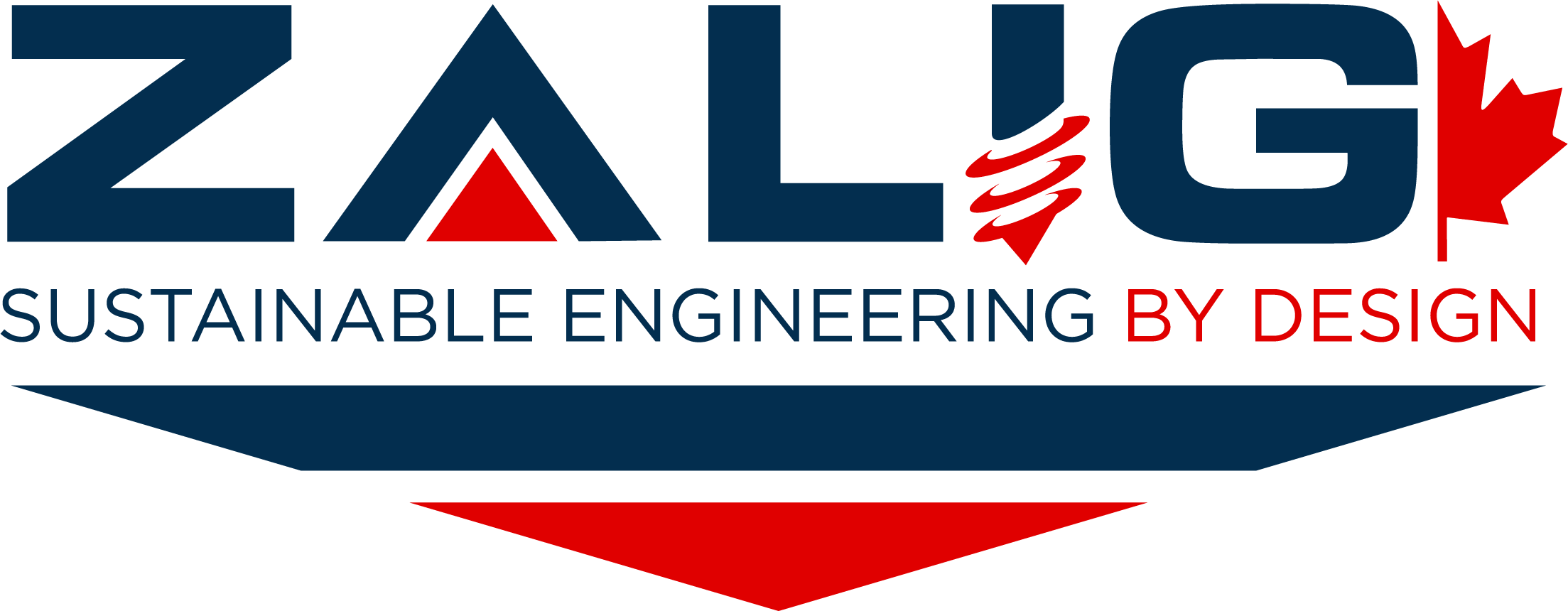- Deleterious Soils
The maximum depth for the removal of deleterious soils in roads depends on a number of factors, including the type of soil, the intended use of the road, and the resources available for soil removal. In general, the deeper the soil, the more difficult and costly it will be to remove.
One common method for removing deleterious soils from roads is excavation, which involves digging up the soil and replacing it with new, stable material. The depth of the excavation will depend on the depth of the soil and the condition of the underlying material. If the soil is only a few inches deep, it may be possible to remove it with relatively shallow excavation. If the soil is deeper or the underlying material is unstable, deeper excavation may be necessary.
Other factors that may affect the depth of soil removal include the presence of underground utilities or other structures that may be impacted by the excavation, as well as the slope and stability of the road. In some cases, it may be necessary to stabilize the road or remove slopes before beginning the soil removal process.
Overall, the maximum depth for the removal of deleterious soils in roads will depend on the specific circumstances of the project and will require careful planning and consideration to ensure the safety and stability of the road.
At ZALIG, we offer a wide range of quality geotechnical, environmental, material testing, transport, survey and hydro-technical engineering services to clients in both the public and private sectors. Operating from our base in Western Canada, our industry-leading experts set the pace in various geotechnical, environmental, and construction service markets. If you need geotechnical engineering services in Alberta, we've got you covered! Get in touch with us today and let's talk about your project!
